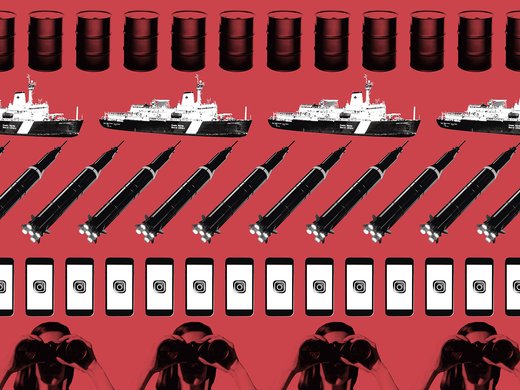Policy makers, military leaders and scholars should anticipate AI increasingly contributing to data pathway warfare, in which combatants use information in innovative ways to overcome remote, deep and battlefield sensing capabilities. AI’s ability to make the battlefield more transparent for policy makers and military leaders might result in both military and non-state military forces adopting positional warfare to offset the advantages that AI-enabled sensing provides to combatants. Policy makers, military leaders and scholars should also anticipate an increase in urban warfare as combatants — both state and non-state — seek to offset the potential speed that AI might bring to sensor-to-shooter kill chains. When viewed collectively, these transformative aspects of AI will potentially result in longer conflicts; attritional wars, with increased civilian casualties and collateral damage; and munitions shortages, if industrial bases are not retooled to keep pace with the potential speed of future kill chains.


